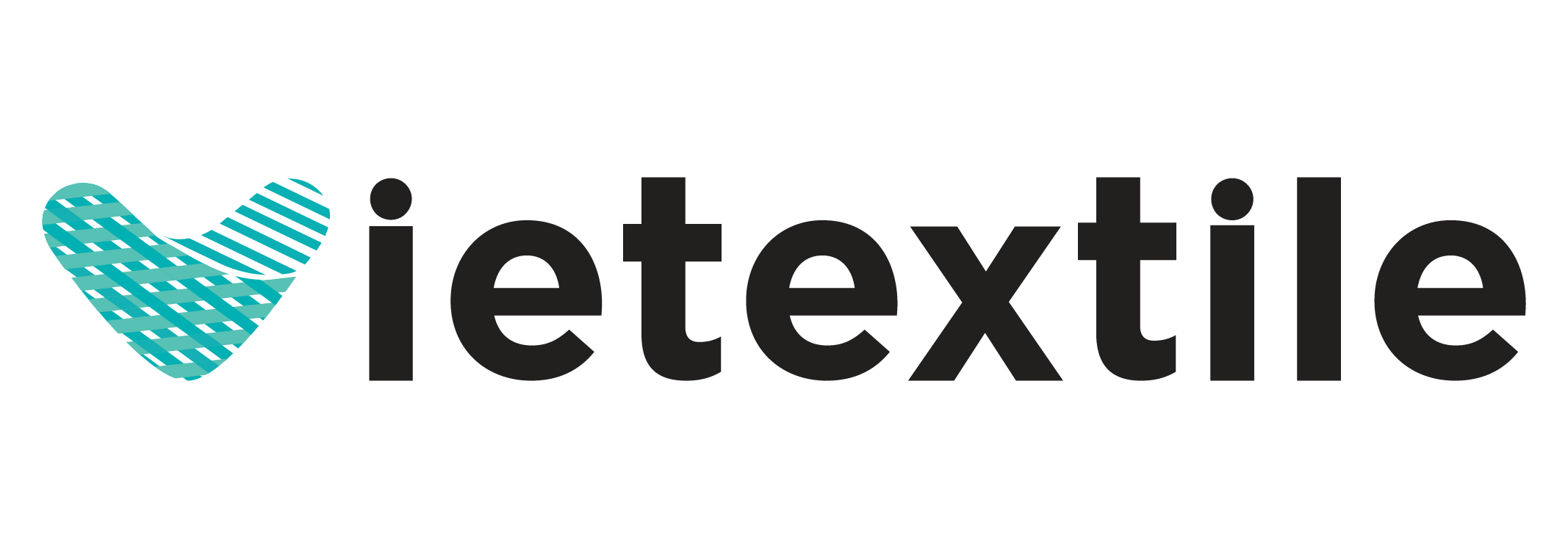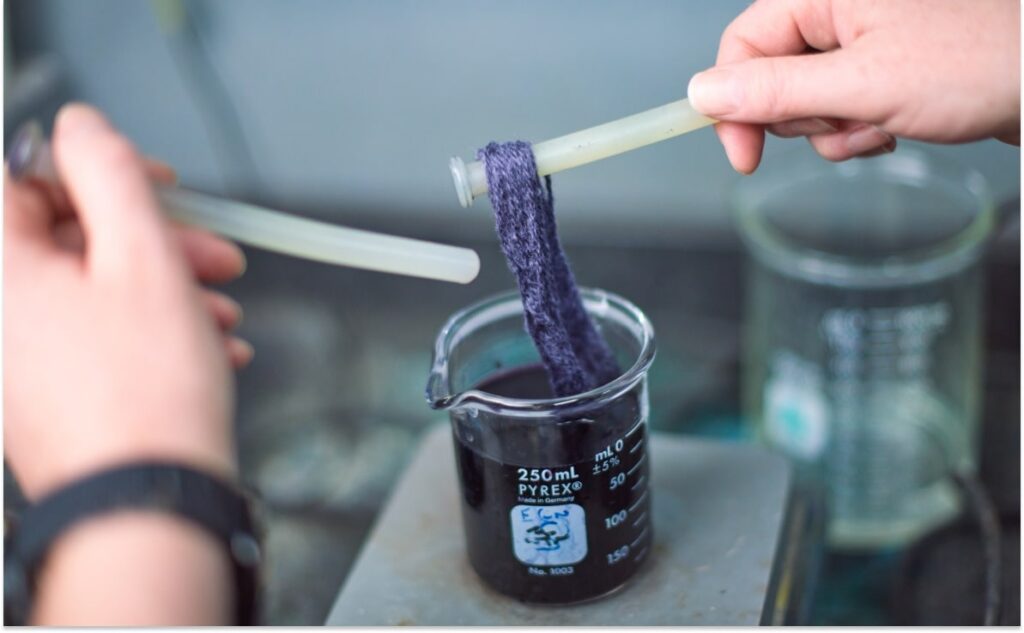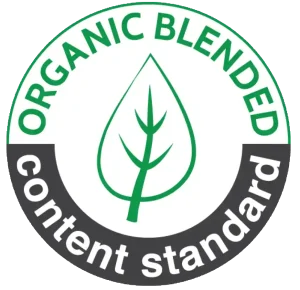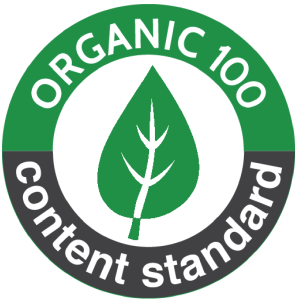Acid Dyes are a group of water-soluble anionic dyes widely used for dyeing fibers that contain positively charged Amine groups (NH3+) in an acidic environment. The main fibers include Wool, Silk, and Nylon (Polyamide). Thanks to their ability to produce bright, brilliant shades and good light fastness, Acid Dyes are a premier choice for high-end garments.
However, the characteristic chemical nature of Acid Dyes makes them extremely sensitive to fluctuations in the dyeing environment, particularly pH, temperature, and auxiliary chemicals. Uneven Dyeing, also known as Splotching or Poor Leveling, is the biggest challenge faced by dyeing engineers.
This article provides an in-depth, detailed guide—from chemical mechanism to preparation techniques and process control—to help you use Acid Dyes most effectively, ensuring uniform color and achieving high reproducibility.
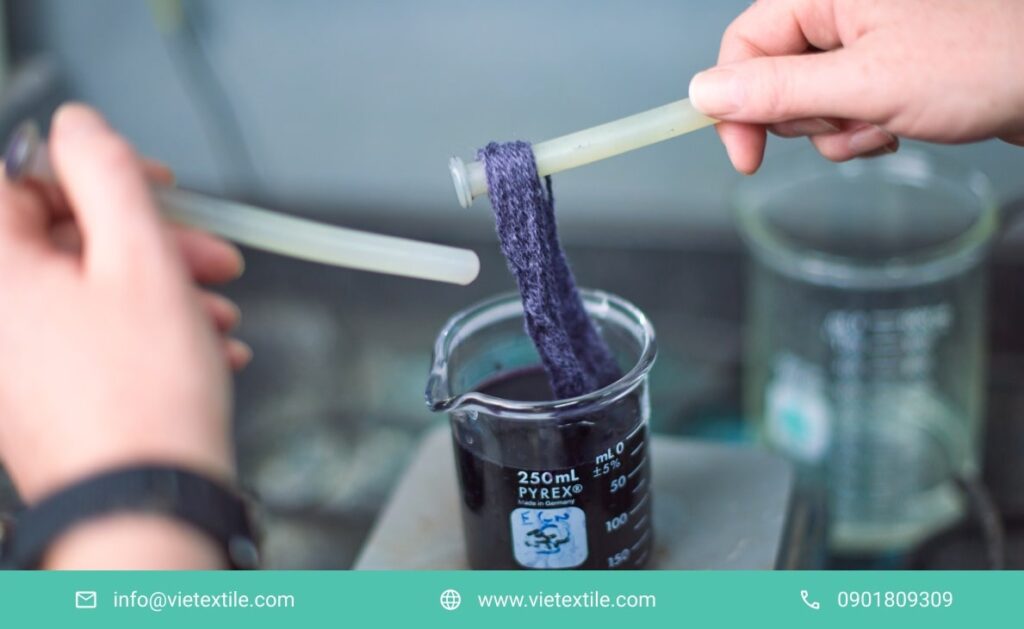
1. Basic Mechanism of Acid Dyes
Nội dung tóm tắt
ToggleTo control the dyeing process, one must first understand the mechanism of interaction between the dye and the fiber.
1.1. Acid Dye Composition
Acid Dye molecules contain negatively charged (anionic) groups, most commonly the Sulfonate group (SO3-).
1.2. Ionic Bonding Mechanism
- Fiber Activation: In an acidic environment (low pH), the Amine groups (NH2) on Protein fibers (Wool, Silk) or Polyamide (Nylon) are protonated, converting them into positively charged groups (NH3+).
- Bonding: The Sulfonate group (SO3-) of the Acid Dye forms an electrostatic bond (ionic bond) with the positively charged Amine group on the fiber.
- Dye Absorption: In addition to ionic bonds, weaker forces like Hydrogen bonds and Van der Waals forces also participate, which are particularly important for larger Acid Dye molecules.
1.3. Acid Dye Classification
Acid Dyes are divided into three main groups based on molecular size and pH conditions:
| Group | Molecular Size/Binding Force | pH Requirement | Key Acid Used | Leveling/Fastness |
| Leveling Acid Dyes | Small molecule, weak affinity | Very low (pH 2-3) | Sulfuric Acid (H2SO4) | High Leveling, Lower Fastness |
| Milling Acid Dyes | Medium/Large molecule, medium affinity | Medium (pH 4-6) | Acetic Acid (CH3COOH) | Medium Leveling/Fastness |
| Metal-Complex Dyes (1:2) | Very large molecule, strong affinity | Near neutral (pH 6-7) | Acetic Acid (CH3COOH) | Highest Fastness |
2. Industrial Standard Preparation Technique for Acid Dyes
The dye solution preparation is the first and most critical step to prevent spotting and leveling defects.
2.1. Water Requirements
- Softness: The water must be Soft Water with very low hardness. Divalent metal ions (Ca}{2+, Mg}{2+) can react with the Sulfonate groups of the Acid Dye, forming insoluble Precipitation which causes Specks or visible patches on the fiber.
- Sequestering Agent: It is mandatory to add an ion-sequestering agent (EDTA or similar polymers) to the preparation water to chelate and neutralize any remaining metal ions.
2.2. Step-by-Step Preparation Procedure
- Accurate Weighing: Weigh the powder Acid Dye with high precision (usually a 4-decimal electronic scale).
- Preliminary Dissolution: Add the Acid Dye to a small amount of warm water (40-50C). Do not use boiling water as it can damage or alter the dispersion properties of the dye.
- Thorough Stirring: Stir gently until the Acid Dye is completely dissolved. For Acid Dyes with low solubility, a small amount of a special Wetting Agent or Dispersing Agent may be needed for assistance.
- Solution Filtering (Mandatory): The prepared dye solution must be filtered through a fine mesh (usually knitted fabric) before adding it to the dye bath. This removes undissolved particles, Agglomerates, or contaminants, which are the direct cause of Spotting defects on the fiber.
- Stock Solution: Prepare a stock solution at a specific concentration (usually 10 g/L or 1\%). Store this stock solution at room temperature, away from direct sunlight.
3. Controlling Process Variables to Prevent Leveling Defects
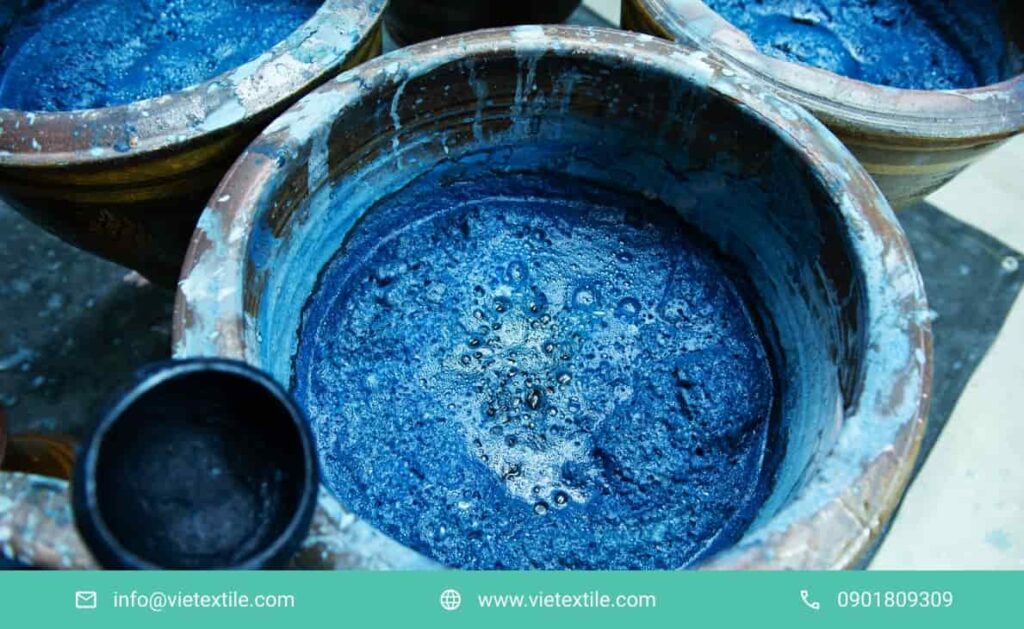
Uneven dyeing (splotching) and poor leveling occur when the Rate of Dyeing is too fast or uncontrolled. The objective is to slow down and regulate the dyeing kinetics.
3.1. pH Control (The Decisive Factor)
pH is the factor that governs the attractive force between the Acid Dye and the fiber.
- Impact: The lower the pH (more acidic), the higher the concentration of NH3+, the stronger the ionic attraction, the faster the dyeing rate, and the greater the risk of leveling defects.
- Control Strategy:
- High Starting pH: Start the dyeing process at a higher pH (near neutral, pH 6-7) to allow the Acid Dye to absorb slowly and uniformly (Leveling).
- Gradual pH Drop: After the Acid Dye has uniformly penetrated the fiber, slowly lower the pH using Acetic Acid (CH3COOH) or Sulfuric Acid (H2SO4). This slow pH reduction is the key to gradual dye fixation.
- Buffer: Use Sodium Acetate (CH3COONa) along with Acetic Acid to create a buffer solution, helping to maintain stable pH throughout the process.
3.2. Temperature Control (Diffusion Kinetics)
Temperature affects the kinetic energy of the Acid Dye and the swelling of the fiber.
- Impact: Dyeing starts at a low temperature (40-50C). As the temperature increases, the dyeing rate increases sharply.
- Control Strategy:
- Ramping Rate: After adding the Acid Dye and running preliminarily, the temperature Ramping Rate must be extremely slow. For Leveling Acid Dyes, the rate should only be 1-1.5C per minute in the critical dyeing temperature range (80-100C).
- Maximum Absorption Temperature: Maintain the maximum dyeing temperature (usually 98-100C) for a sufficient period (45-60 minutes) to allow the Acid Dye time to diffuse and distribute evenly (Leveling Time).
3.3. The Role of Leveling Agents
Leveling Agents are the “savior” against splotching.
- Mechanism: Leveling agents act as a Retardant or a competing absorption agent.
- Anionic Retardants: Compete with the Acid Dye at the positive bonding sites (NH3+), reducing the number of available bonding sites.
- Cationic Retardants: Form a complex with the Acid Dye in the solution, reducing the concentration of free dye.
- Application: Add the Leveling Agent to the dye bath at the beginning, before adding the Acid Dye, to ensure the dyeing process proceeds slowly and uniformly.
4. Dyeing Techniques for Wool, Silk, and Nylon
Each fiber type has a different structure, requiring corresponding adjustments to the Acid Dyeing process.
4.1. Wool
Wool is a protein fiber with a complex structure, easily damaged by extreme temperature and pH.
- Challenge: Wool is susceptible to Yellowing when dyed at overly low pH or high temperature (>100C).
- Dye Choice: Typically uses Milling Acid Dyes or Metal-Complex (1:2) at pH 4.5-6.5 (using Acetic Acid).
- Technique: The dyeing process must start very cold (30C), and the temperature must be increased extremely slowly so that the Wool does not suffer thermal shock and the color penetrates evenly.
4.2. Nylon (Polyamide)
Nylon is a synthetic fiber with higher crystallinity than Wool, making it harder to penetrate the color.
- Challenge: Nylon has a high dye affinity for Acid Dyes, leading to a very fast initial dyeing rate (Rapid Strike) causing severe splotching if not controlled.
- Dye Choice: Often uses Leveling Acid Dyes (low pH) to achieve good wet fastness.
- Technique: Mandatory use of Cationic Retardants (Blocking Agents) to partially neutralize the dyeing sites on the Nylon fiber, reducing dye affinity and extending the diffusion time, ensuring uniform Acid Dyeing.
4.3. Silk
Silk is the most delicate protein fiber, easily losing Luster and softness if dyed under harsh conditions.
- Challenge: Preserving softness and luster.
- Dye Choice: Prioritize Acid Dyes with neutral pH (Milling Acid Dyes) to avoid damaging the Silk structure.
- Technique: Dye at temperatures below 90C (Atmospheric) and use Acetic Acid to maintain the pH at 4.5-5.5.
5. Common Technical Defects and Troubleshooting
Unevenness when dyeing Acid Dyes often stems from the excessively fast interaction between the dye and the fiber.
5.1. Splotching due to “Rapid Strike”
- Cause: The initial Acid Dye absorption rate is too fast, causing the Acid Dye to “cling” to the most easily dyeable areas of the fiber, resulting in clear dark/light patches. Usually due to insufficient leveling agent or overly low starting pH.
- Troubleshooting: Reduce the starting temperature (40C), increase the amount of leveling agent, and start at a higher pH.
5.2. Staining Defect (Color Bleeding)
- Cause: Occurs when dyeing blended fabrics (e.g., Nylon/Spandex) or when post-dyeing washing is insufficient. Unfixed Acid Dye sticks to other parts of the fabric.
- Troubleshooting: Use Acid Dyes with high wash fastness (Metal-Complex), and most importantly, perform a final washing off procedure with special cleaning agents to remove 100\% of the unfixed Acid Dye.
5.3. “Barre” Defect (Horizontal Streaks) on Nylon
- Cause: Due to differences in Acid Dye absorption along the length of the Nylon fiber, often related to the initial spinning process.
- Troubleshooting: Requires the use of dyes with good coverage for fiber defects (Barre Coverage Dyes) combined with specialized leveling agents.
6. In-Depth Analysis of Auxiliary Chemicals in the Acid Dyeing Process
Auxiliaries play a crucial role in regulating the dyeing process.
6.1. Softening Agents
Used for Wool and Silk after dyeing to restore softness lost due to the acidic environment and high temperature. Typically cationic or non-ionic softeners.
6.2. Fiber Protective Agents (Anti-Yellowing/Protective Agents)
Especially important when dyeing Wool. Fiber protective agents (often protein derivatives) protect the disulfide bonds of Wool from damage by heat and acid, preventing the fiber from yellowing or becoming brittle.
6.3. Special Washing Off Agents
After Acid Dyeing is complete, washing off agents are required. They form complexes with the unfixed Acid Dye particles, helping them separate from the fiber and be rinsed away, improving Rubbing Fastness and preventing color bleeding.
7. Technical Factors of Dyeing Equipment
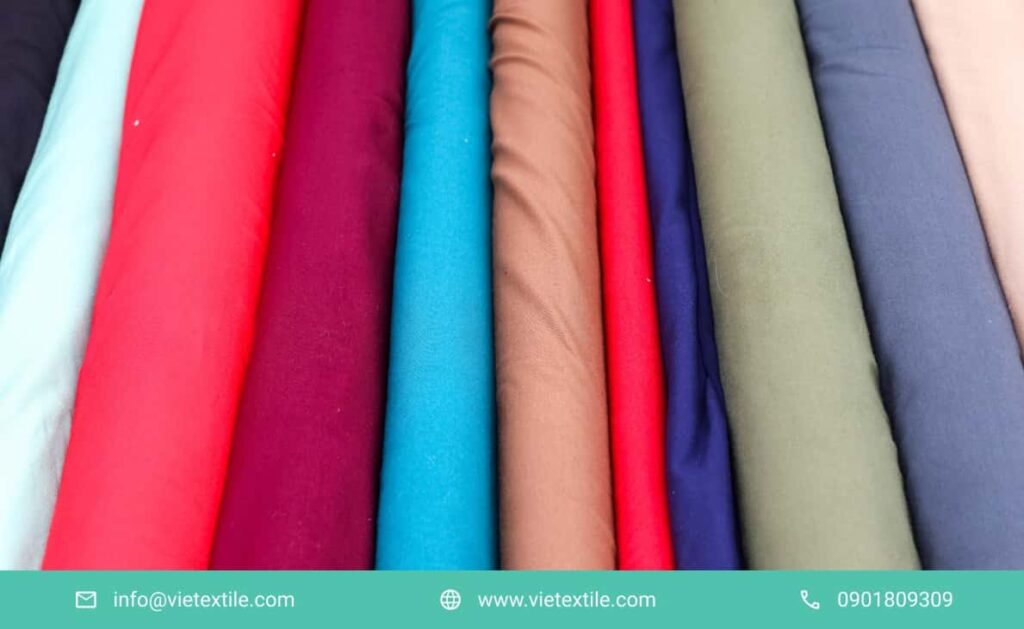
The Dyeing Machine also affects the uniformity of Acid Dyes.
7.1. Optimizing Liquor Ratio (L/R)
- L/R Ratio: The ratio between the mass of the dye liquor (L) and the mass of the substrate (R).
- Impact: A low L/R ratio (e.g., 1:5) saves energy, but liquor circulation becomes more difficult, easily causing leveling defects if a strong circulation pump is not used.
7.2. Circulation Speed
- Role: In yarn dyeing or jet dyeing machines, the pump circulation speed must be optimally controlled. Fast circulation helps the Acid Dye distribute evenly quickly, but too fast can damage the fiber (especially Wool).
7.3. Automatic Acid Dosing System (pH Dosing System)
To implement the Gradual pH Drop strategy, modern dyeing machines require an automatic acid pumping system controlled by a PLC, ensuring acid is added to the dye liquor at a predefined rate, rather than manually adding it all at once.
8. Frequently Asked Questions (FAQ) About Acid Dyes
1. Question: Why is an acidic environment necessary for Acid Dyes? Answer: The acidic environment (low pH) helps the Amine groups (NH2) on Protein fibers (Wool, Silk) and Polyamide (Nylon) to be protonated, forming positively charged groups (NH3+). This positive charge is essential for creating the electrostatic bond (ionic) with the negatively charged Sulfonate group of the Acid Dye.
2. Question: How to differentiate between Staining and Unevenness when using Acid Dyes? Answer:
- Unevenness: Uneven color on the same type of fiber (e.g., one dark area, one light area on the same Nylon fabric). Usually due to the dyeing rate being too fast.
- Staining: Unwanted color transfer onto a different fiber type in a blended fabric (e.g., Acid Dye intended for Nylon adhering to undyed Cotton fibers).
3. Question: Why is it necessary to use a Leveling Agent when dyeing Acid Dyes? Answer: The Leveling Agent helps slow down the initial dyeing rate (Retardation), preventing the “Rapid Strike” phenomenon (too fast absorption). This allows the Acid Dye sufficient time to diffuse and distribute uniformly across the entire fiber before chemical fixation, eliminating the risk of splotching.
4. Question: How do Metal-Complex Acid Dyes differ from Leveling Acid Dyes? Answer:
- Metal-Complex: Large molecule, contains metal ions (Cr/Co), forms a strong bond, dyes at near-neutral pH (pH 6-7), providing the highest fastness (especially light fastness).
- Leveling: Small molecule, weak affinity, dyes at very low pH (pH 2-3), easiest to dye uniformly, but lower fastness.
5. Question: Which acids are typically used to adjust the pH for Acid Dyes? Answer:
- Acetic Acid (CH3COOH): Weak acid, used for Milling Acid Dyes or Metal-Complex dyes (pH 4-6.5). Easy to control, less damaging to the fiber.
- Sulfuric Acid (H2SO4): Strong acid, used for Leveling Acid Dyes at pH 2-3. Provides the strong acidic environment required for fixation.
6. Question: What is the difference in the dyeing procedure between Wool and Nylon when using Acid Dyes? Answer:
- Wool: Requires protection from extreme temperature and pH. Dyes at a maximum temperature of 98C and requires a slow temperature ramping rate to avoid damaging the protein structure.
- Nylon: Requires specialized Cationic Retardants because Nylon has an excessively high dye affinity. Can be dyed at 100-105C (HTHP) if it is Microfiber.
7. Question: Why is filtering the Acid Dye solution necessary after preparation? Answer: Filtering helps remove undissolved Acid Dye particles or small precipitates caused by hard water. These particles are the main cause of Specks defects on the fiber after dyeing.
9. FINAL CONCLUSION AND TECHNICAL ADVICE
The preparation and use of Acid Dyes require strict and consistent control over three primary factors: pH, temperature, and leveling auxiliaries.
To ensure uniform color, free from spotting or unevenness, factories need to focus on the following strategies:
- Dynamic pH Control: Start at a high pH (low affinity) and gradually lower the pH according to a predetermined schedule (Gradual pH Drop) using an automatic dosing system, instead of adding acid all at once.
- Optimal Temperature Control: Maintain a slow Ramping Rate in the critical dyeing zone (80-100C) and ensure sufficient holding time for the Acid Dye to diffuse.
- Specialized Auxiliary Usage: It is mandatory to use a Leveling Agent to prolong the dyeing time, especially when dyeing Acid Dyes with a fast absorption rate or when dyeing Nylon.
- Water Quality: Strictly use soft water and a Sequestering Agent in every step of preparation and dyeing to prevent precipitation.
By adhering to these chemical and kinetic control principles, you can optimize your Acid Dyeing process, ensuring high-quality products, excellent fastness, and minimizing the rate of re-dyeing defects.
VieTextile provides technology solutions and spare parts for Wool, Silk, and Nylon dyeing machines, including precise acid and auxiliary chemical dosing systems, helping factories achieve the highest color reproducibility.
Contact Information:
Hotline: 0901 809 309
Email: info@vietextile.com
Website: https://vietextile.com
